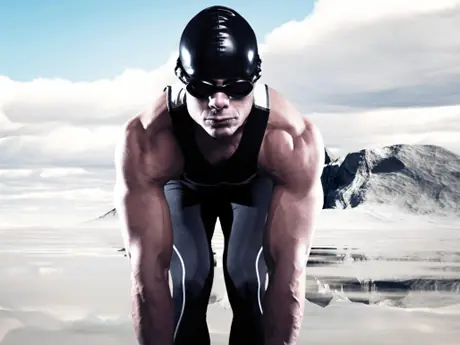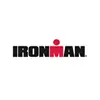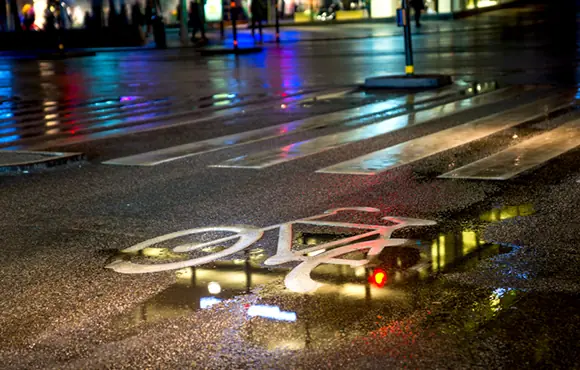
It would be great if the scientific basis of triathlon training was clear, but it's not. That's why there are so many different approaches and coaching styles. We know a lot about physiology, but putting it into practice is the art. Combining both brings success—reaching one's athletic potential without sacrificing health.
Here are seven of my favorite ways to get faster successfully; each can improve the body's economy. Whether swimming, cycling or running, the more efficient you are, the faster you can train and race at the same heart rate.
1. Triathlon Twitch
Most athletes are familiar with slow- and fast-twitch muscles, referring to aerobic and anaerobic, respectively. For triathlons, virtually all of an athlete's energy comes from the aerobic system, which burns fat for energy. In fact, an IRONMAN victory is typically accomplished at around 70 percent of one's VO2 max. In an IRONMAN 70.3 it may be around 75 percent, and even the sprint triathlons may be 85 percent. To get fast for these events, training the aerobic muscles are vital (For comparison, running 5,000 meters would require close to 100 percent of one's VO2max).
One of the most important ways get fast is to train the body's aerobic muscle fibers--which are also referred to as slow-twitch. From the textbook Essentials of Exercise Physiology, a well-accepted but often forgotten fact about training: "Activation of slow-twitch fibers produces greater efficiency than the same work accomplished by fast-twitch fibers." Aerobic muscles are basically more economical, fatigue-resistant, and able to burn fat for long-term fuel.
More: 5 Steps to Faster Triathlon Transitions
2. Overreaching
The sweet spot of training means enough volume (time and/or miles) but not too much, and going fast but not too fast. This point is called overreaching, beyond working out simply to maintain fitness, but before the onset of overtraining. My high-performance formula is simple: training = work + rest.
The most common reason for overreaching is too much hard training. These anaerobic, hard efforts no doubt increase VO2 max and lactate threshold, but unfortunately, what often happens is that the thresholds are pushed higher at the expense of economy.
3. Muscle Balance
Our muscles move us through the water, power us on our bikes and allow us to run effectively. But even a slight irregularity in our gait caused by an imbalance in muscles can slow us down. This may be due to running and cycling shoes that don't fit perfectly, an unhealthy diet, or overtraining.
A related muscle issue is strength. Traditional weight-lifting routines can often diminish aerobic function, impair gait, and reduce endurance, leading to sub-par economy that slows us down. Instead, rely on workouts that don't produce significant fatigue, including weight lifting, which strengthens without bulking or impairing the aerobic system.
- 1
- of
- 2
About the Author










Discuss This Article